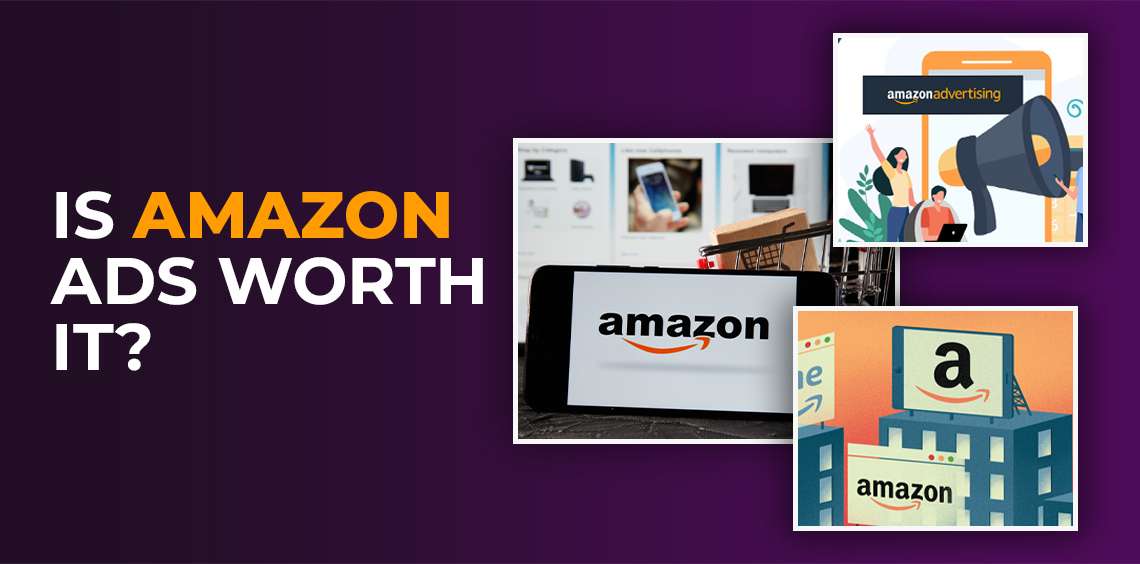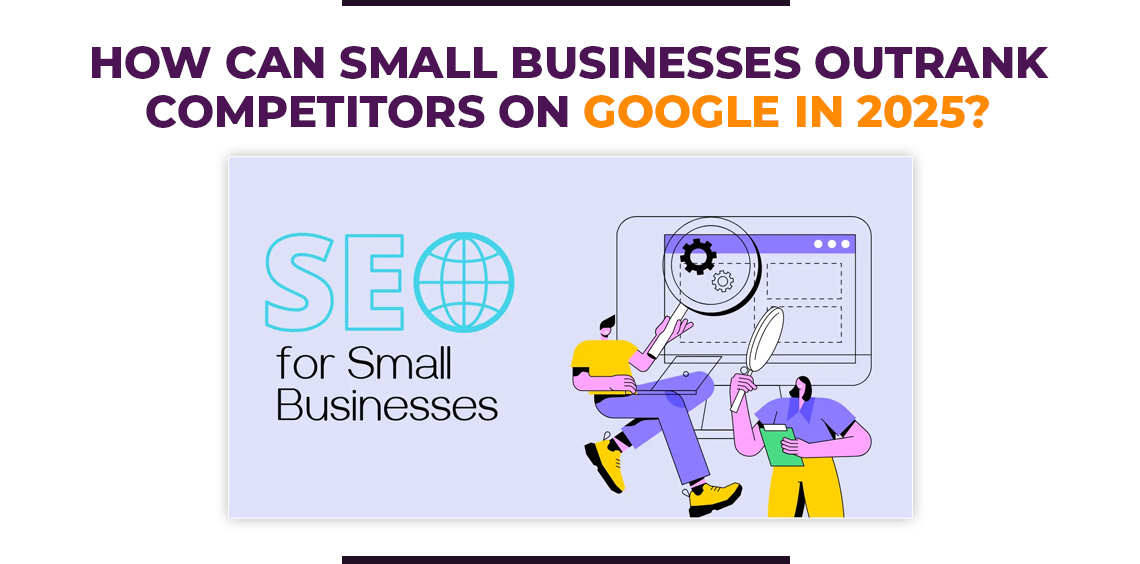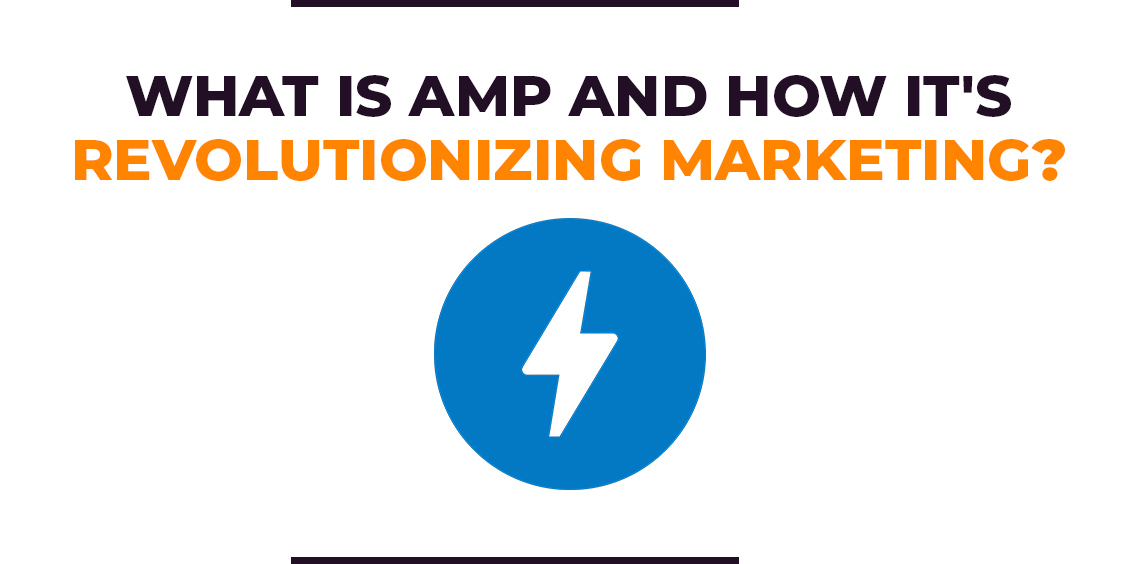Are you struggling to stand out in the crowded Amazon marketplace? With over 300 million active customers, Amazon offers huge potential, but fierce competition makes it difficult for sellers to gain visibility. Simply listing your products isn’t enough to catch the attention of customers.
That’s where Amazon ads come in. It is a game-changing tool for businesses aiming to capture attention and boost sales. In 2023, Amazon generated $46.9 billion in advertising revenue globally, a 24% increase from the previous year, capturing 10.2% of total digital ad spending worldwide.
For businesses and individuals, leveraging Amazon advertising has become crucial for boosting visibility, increasing sales, and driving long-term success in an ever-growing and competitive e-commerce landscape.
This blog will walk you through the fundamentals of Amazon advertising. Is Amazon Ads worth it? It will help you understand its benefits, strategies, and how to make the most of your ad spend for the best return on investment.
Continue reading to learn how you can leverage Amazon Ads to grow your business and stay ahead of the competition
Table of Contents
ToggleKey takeaways
Is Amazon Ads worth it? is an amazing guide we’ve created just for you! If you’re short on time and looking for quick insights, check out our key takeaways to get the essential information you need about Amazon advertising.
- What is Amazon advertising? A platform for sellers to promote products, boosting visibility and sales on Amazon.
- Amazon’s Advertising Model: Operates on a pay-per-click (PPC) model, charging sellers only when users click ads. Key ad formats include sponsored products, sponsored brands, and sponsored display ads.
- How Does Amazon Advertising Work? Features self-serve and premium ads, with bidding strategies and keyword targeting essential for campaign success.
- Self-Serve Ads vs. Premium Ads
- Self-Serve Ads: Flexible and controlled by sellers.
- Premium Ads: Advanced features with more support, suited for larger brands.
- Campaign Management and Optimization: requires ongoing analysis and adjustments to bids and keywords for improved performance and ROI.
- Who Can Run Amazon Ads?: Both sellers and vendors can advertise, with sellers managing ads through Seller Central and vendors through Vendor Central.
- Key Differences Between Seller and Vendor Accounts: Sellers control pricing; vendors have a more complex relationship with Amazon, involving wholesale agreements.
- Amazon Ads Pricing Plans: Costs vary by ad type and strategy, with an average CPC of $0.81. Regulatory fees may apply in certain regions.
What is Amazon Advertising?
Amazon Advertising (formerly known as Amazon Marketing Services, or AMS) helps sellers promote their products in this competitive space. Like Google’s pay-per-click model, Amazon only charges when a shopper clicks on an ad, ensuring sellers pay for potential leads, not just impressions.
Amazon is one of the largest online marketplaces, with loyal customers who often won’t consider shopping anywhere else. This creates fierce competition among sellers, making it essential to have a smart and flexible advertising strategy.
Amazon’s advertising options have rapidly expanded, offering sellers a variety of ad types, such as Amazon Sponsored Ads, Amazon Display Ads, and Amazon Sponsored Product Ads. The introduction of Amazon DSP known as (Amazon demand-side platform) has also allowed advertisers to programmatically buy ads across Amazon’s ecosystem, including Fire TV, IMDb, and third-party websites.
To succeed, sellers need a well-planned strategy, leveraging the right ad types to reach their audience and boost sales.
Amazon’s Advertising Model
Amazon’s advertising model operates on a pay-per-click (PPC) structure, allowing sellers to effectively promote their products through a variety of ad formats within Amazon’s platform. This suite of ad products includes:
- Amazon Sponsored Ads: These ads increase product visibility by appearing in search results and product detail pages.
- Amazon Sponsored Product Ads: These are specifically designed to promote individual products, driving traffic to their listings.
- Amazon Sponsored Display Ads: These ads target audiences based on shopping behavior, appearing on and off Amazon.
Under this model, sellers are only charged when a customer clicks on their ad, making it a cost-effective approach to advertising.
In addition to these ad types, the Amazon DSP (Demand Side Platform) empowers sellers to programmatically purchase display and video ads across Amazon’s expansive ecosystem, which includes platforms such as Fire TV Sticks, IMDb.com, Kindles, Freedive, apps, and third-party websites.
While Amazon Advertising shares similarities with other PPC platforms like Google Ads and Microsoft Advertising, its primary focus is on product sponsorship within the Amazon marketplace. Advertisers can employ various strategies, including location targeting and audience segmentation, to effectively reach potential customers.
By utilizing Amazon’s advertising model, sellers can gain critical visibility within the platform, drive targeted traffic, and enhance their overall sales performance.
Note: Check out our guide on Netflix Ads to explore more advertising opportunities.
How Does Amazon Advertising Work?
1. Self-Serve Ads vs. Premium Ads
Amazon Advertising provides two primary advertising models: self-serve ads and premium ads. Understanding the differences between these models is essential for selecting the right approach for your business.
Self-Serve Ads:
- Flexibility and Control: Self-serve ads empower sellers to create, manage, and optimize their campaigns directly. Sellers have the flexibility to set daily budgets, choose keywords, and determine bidding strategies based on their advertising goals.
- Cost Structure: Self-serve ads operate on a pay-per-click (PPC) basis. Sellers are charged only when a shopper clicks on their ad, making it a cost-effective advertising option. This model allows sellers to control their costs and optimize their spending based on performance.
- Ease of Use: The self-serve interface is user-friendly, allowing sellers of all experience levels to navigate the setup process. This model is particularly beneficial for small to medium-sized businesses looking to manage their advertising costs actively.
- Keyword Targeting: Sellers can choose between automatic and manual targeting strategies:
Automatic Targeting: Amazon uses the product listing information to identify relevant keywords and automatically serves the ads to shoppers searching for related products.
Manual Targeting: Sellers select specific keywords they want to target based on their market research. This allows for greater control over ad placements and can enhance ad performance when done effectively.
Premium Ads:
- Managed Campaigns: Premium ads are typically managed by Amazon’s advertising team, making them ideal for larger brands or those with bigger budgets. This model provides a more hands-off approach, where Amazon’s experts handle campaign strategy and optimization.
- Higher Visibility Placements: Premium ads often feature prominently on Amazon’s homepage or within high-traffic product categories, providing greater exposure and potentially leading to higher conversion rates.
- Minimum Spend Requirements: Unlike self-serve ads, premium ads may require a minimum advertising spend. This makes them more suitable for established brands looking to achieve significant impact and visibility on the platform.
- Inclusion of Multimedia: Premium ads can include rich media and video content, making them more engaging for potential customers. This can lead to increased brand recall and higher engagement rates.
Amazon Advertising is designed to help sellers promote their products efficiently and effectively within one of the largest online marketplaces. Understanding how this platform works is crucial for sellers looking to maximize their advertising efforts.
Below is a comprehensive overview of its functionality, including a detailed explanation of self-serve ads versus premium ads.
2. Setting Up an Amazon Ads Account
To get started with Amazon Advertising, sellers must first create an advertising account, which can be linked to either Amazon Seller Central or Vendor Central, depending on their selling model. This account grants access to the suite of advertising options available on Amazon.
- Seller Central: This platform is primarily for third-party sellers who manage their own inventory and fulfillment. Sellers can create and manage their advertising campaigns directly through this interface.
- Vendor Central: This platform is for first-party sellers, where Amazon buys products directly from vendors. Advertising is managed through Amazon’s advertising team, which helps optimize ad placements for better visibility.
2. Choosing the Right Ad Format
Amazon provides a diverse range of ad formats to meet various marketing objectives. Each format serves a unique purpose and caters to various seller needs, enabling businesses to effectively reach their target audiences. Here’s a breakdown of the main ad formats available on Amazon:
1. Sponsored Products
Sponsored products are designed to promote individual products and appear in search results and product detail pages.
- Benefits: These ads are a powerful tool for increasing product visibility and driving immediate sales.
- Targeting Options: Sellers can either target specific keywords manually or let Amazon automatically choose relevant keywords based on product listings.
2. Sponsored Brands
- Overview: Sponsored brands showcase a brand’s logo, a custom headline, and multiple products.
- Placement: These ads are prominently displayed at the top of search results.
- Benefits: Ideal for building brand awareness and driving traffic to the seller’s Amazon store or product listings, allowing sellers to highlight their brand and product range effectively.
3. Sponsored Display Ads
- Overview: Sponsored Display Ads target audiences based on shopping behavior, reaching customers who have viewed their products or similar items.
- Versatility: These ads can appear on Amazon and across third-party websites and apps, making them a robust option for remarketing.
- Behavioral Targeting: This format leverages Amazon’s extensive data to ensure ads are shown to relevant audiences, enhancing the likelihood of conversion.
4. Amazon DSP (Demand Side Platform)
- Overview: Amazon DSP allows sellers to purchase display and video ads programmatically across Amazon’s ecosystem.
- Reach: Advertisers can target specific demographics and interests across various platforms, including Fire TV, IMDb, and third-party websites.
- Benefits: This format is particularly beneficial for brands looking to reach broader audiences and engage users beyond the Amazon marketplace.
5. Video Ads
- Overview: Video ads can be used to reach customers through full-screen non-skippable ads in their favorite shows and movies on platforms like Amazon Prime Video and Fire TV.
- Formats: Options include in-stream ads (shown before or during videos) and out-stream ads (shown on top websites).
- Benefits: Video ads are ideal for creating engaging content that resonates with viewers, enhancing brand recall and driving sales.
6. Audio Ads
- Overview: Audio ads allow brands to reach customers during their favorite streaming audio moments, whether in the connected home or on the go.
- Platforms: These ads can be integrated into platforms like Amazon Music and other audio streaming services.
- Benefits: Audio ads offer a unique way to connect with audiences, providing an immersive advertising experience that complements users’ daily activities.
7. Display Ads
- Overview: Display ads are designed to reach a broader audience across Amazon properties and devices, as well as premium third-party content.
- Versatility: They can be utilized to increase brand visibility and promote products across various online environments.
- Targeting: Display ads can be customized to target specific audience segments, ensuring relevant placements.
8. Out-of-Home Ads
- Overview: Out-of-home advertising includes on-package ads, in-store signage, and locker pickup locations.
- Touchpoints: These ads create memorable touchpoints to reach the right audience outside of digital platforms.
- Benefits: Out-of-home ads can enhance brand visibility and recognition in physical retail environments, complementing online efforts.
9. Device Ads
- Overview: Device ads reach customers on Amazon devices and services, such as Fire Tablets, Echo Show, Fire TV, and Prime Video.
- Engagement: Whether reading the news, searching recipes, or watching their favorite series, these ads engage users in various contexts.
- Benefits: Device ads tap into the extensive Amazon ecosystem, providing brands with access to hundreds of millions of customers.
3. Campaign Management and Optimization
Once sellers have set up their ads, continuous management and optimization are essential for achieving the best results. This includes:
Monitoring Key Performance Indicators (KPIs): Sellers should regularly track metrics such as:
- Impressions: The number of times an ad is displayed.
- Clicks: The number of times shoppers click on the ad.
- Click-Through Rate (CTR): The percentage of clicks relative to impressions, indicating how effective the ad is at attracting attention.
- Conversions: The number of sales generated from the ad clicks.
- Cost-Per-Click (CPC): The average amount spent on each click.
An example of a migration health dashboard in Amazon QuickSight showcasing graphs of key metrics for a large-scale migration.
Adjusting Bids and Budgets: Based on performance data, sellers can adjust their bids and budgets to optimize ad placements. For example, increasing bids on high-performing keywords can improve visibility and drive more sales.
A/B Testing: Sellers can run A/B tests to compare different ad copies, images, or targeting strategies to identify which elements perform best. This iterative process helps refine advertising strategies for better results.
4. Analyzing Performance and ROI
Analyzing performance is vital for understanding the effectiveness of Amazon ads. Sellers can evaluate the return on investment (ROI) by comparing ad spend against generated sales. Key metrics to analyze include:
- Return on Ad Spend (ROAS): This metric measures the revenue generated for every dollar spent on advertising. A higher ROAS indicates a more effective advertising campaign.
Learn how you can calculate the ROAS Formula:
This ratio determines how much revenue is earned for every dollar spent on advertising.
- ROAS = Revenue from ads/cost of Ads
For example:
- A 2:1 ROAS means that for every $1 spent on ads, the brand generates $2 in revenue.
- Ideally, brands aim for a higher ROAS, around 3:1 or 4:1, meaning they would generate $3 or $4 for every $1 spent.
- Amazon Sales Attribution: Understanding which ads led to sales helps sellers allocate their budgets effectively. Amazon provides attribution reports to track how ads contribute to overall sales performance.
By utilizing the tools and analytics available, sellers can optimize their campaigns and maximize their return on investment in the highly competitive Amazon marketplace.
Who Can Run Amazon Ads?
Amazon Advertising is accessible to a wide range of users, including individual sellers, brands, and businesses looking to promote their products on the platform. Understanding who can create and manage ads is crucial for leveraging Amazon’s advertising capabilities effectively.
Here’s a closer look at the two main types of accounts on Amazon and their advertising capabilities.
1. Seller Accounts
Seller accounts are typically operated by third-party sellers who list their products directly on the Amazon marketplace. These sellers manage their own inventory and sales.
- Who Can Create Ads: Any individual or business with a registered Seller Central account can create and manage Amazon Ads.
- Advertising Options: Sellers can utilize various advertising formats, including Sponsored Products, Sponsored Brands, and Sponsored Display Ads, allowing them to increase product visibility and drive sales.
- Flexibility: Seller accounts offer the flexibility to control advertising budgets, targeting strategies, and campaigns based on real-time sales data and performance analytics.
- How to Create Amazon Ads: Sellers can easily set up ads through the advertising console in their Seller Central account, where they can select ad formats, set budgets, and choose keywords.
2. Vendor Accounts
Vendor accounts are typically held by manufacturers or distributors who sell their products directly to Amazon in bulk. Amazon then acts as a retailer, selling these products to consumers.
- Who Can Create Ads: Only vendors enrolled in the Amazon Vendor Central program can create ads.
- Advertising Options: Vendors can access a more limited set of advertising options compared to sellers, primarily focusing on Amazon Marketing Services (AMS), including Sponsored Brands and display advertising.
- Benefits: Vendor accounts may have additional promotional opportunities through Amazon’s marketing initiatives, allowing for potential brand partnerships and featured placements.
- How to Run Amazon Ads: Vendors can manage their advertising campaigns through the Vendor Central dashboard, where they can select campaigns, allocate budgets, and monitor performance.
Key Differences Between Seller and Vendor Accounts
| Feature | Seller Account | Vendor Account |
| Sales Model | Third-party selling on Amazon | Wholesale selling directly to Amazon |
| Advertising Access | Full access to all ad formats | Limited access to certain ad formats |
| Control | Greater control over pricing, inventory, and advertising | Amazon manages pricing and inventory |
| Analytics | More detailed sales analytics available | Access to Vendor-specific metrics |
Both sellers and vendors can create and manage Amazon ads, but their access and capabilities differ significantly. Sellers enjoy more flexibility and control over their advertising campaigns, allowing them to effectively promote their products in the competitive marketplace.
Amazon Ads Pricing Plans
Understanding the costs associated with Amazon advertising is crucial for sellers looking to optimize their advertising budgets effectively. The pricing for Amazon Ads can vary significantly based on several factors, including the type of ad, bidding strategies, and competition in your niche.
Cost Structure of Amazon Sponsored Ads
Amazon employs a Pay-per-Click (PPC) model for its advertising, meaning advertisers are charged each time a user clicks on their ad. Here’s a breakdown of the average costs and what influences them:
Average CPC: The average cost-per-click for Amazon ads is approximately $0.81. However, this is just an average figure; actual costs can fluctuate based on various factors.
Factors Influencing Costs:
- Ad Type: Different ad formats have varying costs associated with them. Sponsored Products, for example, are generally more affordable compared to Sponsored Brands and Sponsored Display Ads.
- Bidding Strategy: Your bidding approach (dynamic, fixed, or rule-based) can significantly impact your overall ad spend.
- Keywords: Highly competitive keywords may drive up costs. Utilizing tools like SellerApp’s PPC Analyzer can help gauge the CPC for specific keywords and their competition level.
Calculating CPC Example
- To illustrate how CPC (Cost Per Click) is calculated, consider this scenario:
- If you allocate $50 for an ad campaign and receive 100 clicks, your CPC would be calculated using the following formula:
- CPC=Total Spend/Total Clicks=50/100=$0.50 per click
In this case, your CPC would be $0.50 per click.
Amazon’s Regulatory Advertising Fees
In addition to the standard costs, Amazon also applies regulatory advertising fees in several countries to comply with local advertising regulations. These fees can impact the overall cost of advertising on Amazon:
Countries Affected:
- France
- Italy
- Spain
- United Kingdom
- Austria
- Turkey
- Canada (starting August 15, 2024)
These fees are generally linked to digital services taxes (DSTs) imposed by specific countries and are calculated based on the ad value when served. For example, if the DST is 3% and a click costs $1.00, the fee would be $0.03.
Impact on Sellers
New or small sellers may find these rising costs challenging, as the average advertising spend has increased from 1.1% of sales revenue in 2016 to 4.6% in recent years. This trend emphasizes the need for strategic planning to maintain visibility and profitability.
Understanding how much Amazon sponsored ads cost and the various factors that influence these costs is essential for sellers looking to maximize their advertising ROI. By employing strategic bidding methods and selecting the appropriate ad formats, sellers can effectively navigate the complexities of Amazon’s advertising landscape.
FAQS
What are Amazon Advertising Bidding Strategies
Amazon PPC operates like an auction, where you bid on targeted keywords. The type of bidding you choose can influence your costs:
- Dynamic Bidding (Down Only): Amazon reduces your bid by up to 100% when there’s a low chance of a conversion.In the U.S., ‘up and down’ campaigns generated 119% more ad-attributed sales per campaign but saw a 5% lower return on ad spend (ROAS) compared to ‘down only’ campaigns.
- Dynamic Bidding (Up and Down): Your bid can increase by up to 100% when the likelihood of conversion is high, or decrease by the same amount when it’s not. Research shows that the “Dynamic bids – up and down” strategy allows for flexible bid adjustments based on purchase likelihood. Bids can be increased by up to 100% for top search results and up to 50% for other placements when a purchase is likely. For instance, a base bid of €1.50 could rise to €3 for top search results or €2.25 for other placements. Conversely, bids are reduced when purchase probability is low, potentially dropping to as little as €0.
- Fixed Bids: Set a default bid that remains constant regardless of performance.
- Rule-Based Bidding: Set specific rules to trigger bid changes based on your targeted Return on Ad Spend (RoAS).
Is Amazon ads growing?
Yes, Amazon’s ad business is growing. In 2024, its ad revenue is expected to grow by 24.7%, marking the second consecutive year of accelerating growth. With nearly $42 billion in ad revenue, Amazon will account for 13.9% of the digital ad market, positioning it to potentially surpass Meta by the end of the decade.
How long should I run an Amazon ad?
Based on my experience, an ad with a budget of $5 per day should run for at least 7-10 days to gather enough data. On the other hand, an ad spending $50 per day might only need around 3 days to make a confident decision. However, there’s no one-size-fits-all answer for how long an ad should run—it depends on various factors like budget, goals, and performance.
Bottom Line
Amazon Ads can be a powerful tool for businesses looking to increase visibility and drive sales, especially given Amazon’s vast customer base. With options like Sponsored Products, Brands, and Display Ads, advertisers can target audiences effectively.
However, success depends on budget, product demand, and campaign optimization. For brands with relevant products and a well-defined strategy, Amazon Ads can offer excellent ROI. It’s important to continuously monitor performance to maximize returns.
We hope this detailed guide helps you decide if Amazon Ads align with your business goals and growth strategy.
Looking to optimize your Amazon Ads strategy?
Let Ellington Technologies help you achieve remarkable results with our expert digital marketing solutions.
Contact us now for a free consultation!





